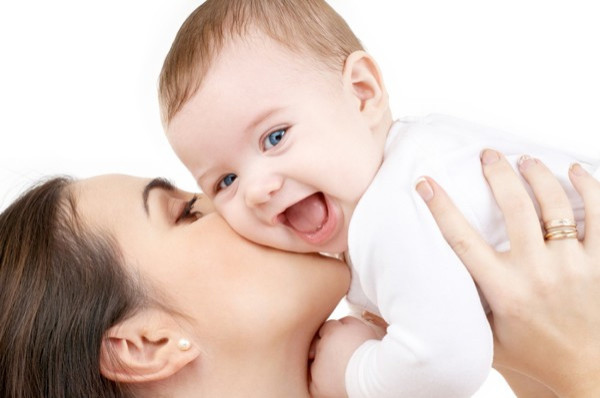Secondhand Smoke, Bed Sharing RaiseSudden Infant Death Risk

Health officials helped halve cases of Sudden Infant Death Syndrome with a campaign that warned parents to keep their babies from sleeping face down. The SIDS rate didn't decline further, however, indicating that other causes exist, and a new study points to secondhand smoke and bed sharing as significant risk factors.
SIDS causes more than 2,000 deaths each year in the U.S. and is the leading cause of death in children between one month and one year, according to the Centers for Disease Control and Prevention. Though the cause of SIDS is unknown, a strong correlation has been found between putting a baby to sleep on its stomach and SIDS.
The National Institute of Child Health and Human Development started the Back to Sleep campaign in 1994 to warn parents of the dangers of putting babies to sleep on their stomachs, which helped reduce the rate of SIDS by more than 50 percent since 1988, according to the federal agency.
The campaign also led to identification of other SIDS risk factors, according to the study. Researchers found that babies who slept in a bed with other people are twice as likely to die from SIDS. The younger the child is, the higher the risk.
Bed-sharing leads to a 17 or 18 times increase in risk if the baby is less than two or three months old, Rachel Moon, a pediatrician and SIDS researcher at Children's National Medical Center who was not involved with the study, told CNN. If the baby is exposed to smoke as well, the risk increases even further.
Other risk factors for SIDS include soft bedding or toys in the crib, sleeping on an adult mattress or couch, sleeping with a blanket or with the head covered. Three out of four SIDS cases had at least one risk factor and 57 percent had at least two, according to the study.
Most babies had two or more risk factors, Henry Krous, lead author and pediatric pathologist at the San Diego SIDS Research Project, told CNN. What that says to us is that 'Back to Sleep' should emphasize multiple risk factors.
Avoiding multiple risk factors is essential to help prevent SIDS, and the Back to Sleep campaign should emphasize that, according to the study.
Children are safest sleeping alone in a safety-approved crib that has a firm mattress and tight-fitting sheets, without blankets, pillows and other soft materials, Krous told USA Today.
The journal Pediatrics published the study on Monday.
Other ways to reduce SIDS risk include keeping toys and other objects out of babies' cribs, dressing babies in soft, light clothes and giving them a pacifier when they go to sleep, according to the National Institute of Child Health and Human Development.
© Copyright IBTimes 2025. All rights reserved.





















